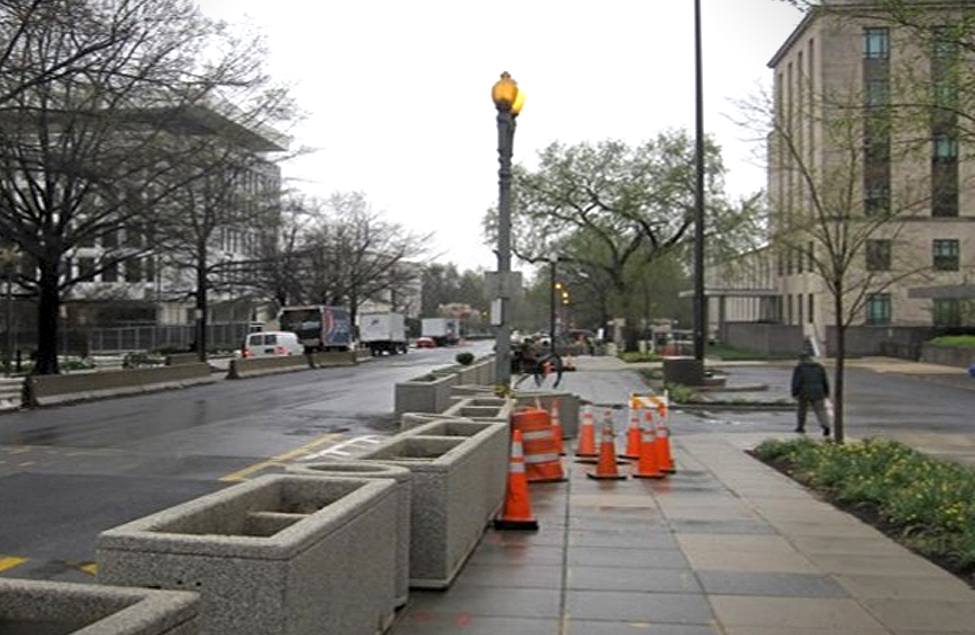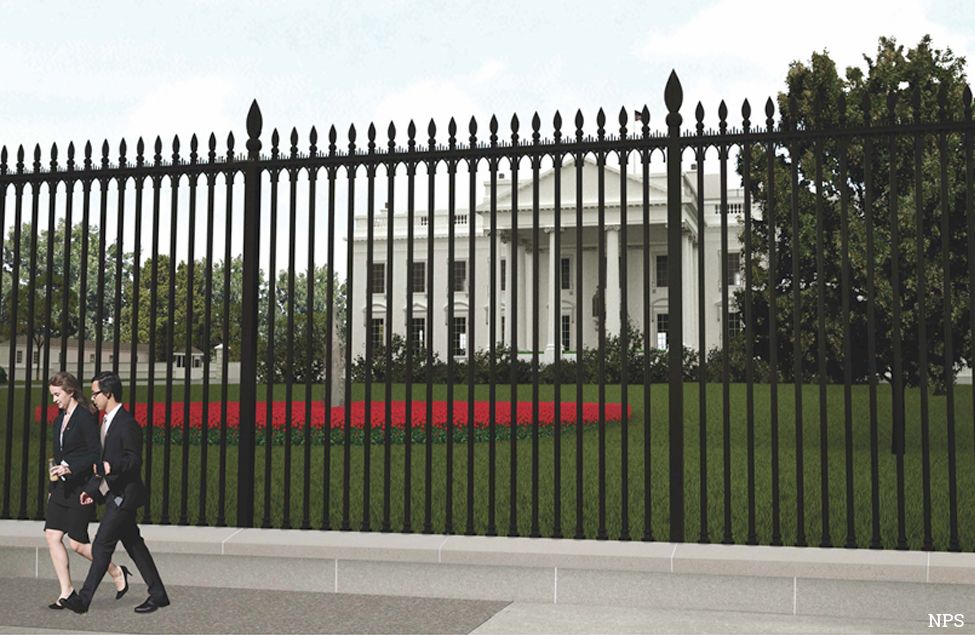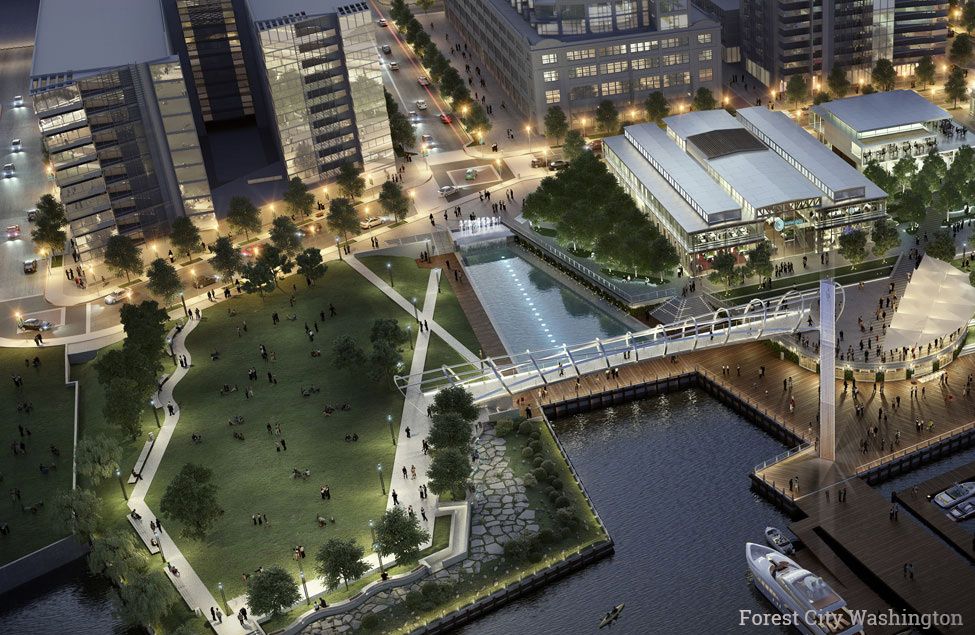Many federal facilities and grounds in the nation’s capital have open and accessible designs, serving as physical representations of our government and the country’s democratic ideals. However, after the 1995 Oklahoma City bombing and the events of September 11, 2001, security needs were elevated and unsightly temporary solutions often restricted access to public space. NCPC has been at the forefront of developing guidelines to address security, urban design, and public access in a thoughtful and balanced manner. NCPC led early efforts to develop effective security approaches that also preserve the openness of Washington, DC’s public spaces and enhance the civic realm. Through planning, policymaking, and project review, NCPC continues to advance new approaches to achieve security and public space goals in the National Capital Region.
Highlight: Rethinking Security & Access in Public Space
The security colloquium examined the range of threats faced by people occupying public spaces, how the threat environment has evolved since September 11, and the impact of more prevalent vehicular attacks. An important discussion point was how to ensure the safety of visitors while ensuring that public spaces remain inclusive, inviting, and active places.
NCPC Key Guidance

Urban Design Element
This element incorporates previous NCPC plans and guidance on perimeter security and public realm needs (described below) into the Comprehensive Plan for the National Capital. It is the primary policy document used by NCPC to review project and master plan perimeter security proposals.

Interagency Security Committee
Established in 1995, the Interagency Security Committee (ISC) addresses continuing government-wide security for federal facilities. The ISC standards apply to all non-military federal facilities in the United States—whether government-owned, leased, or managed; to be constructed or modernized; or to be purchased.

Unified Facilities Criteria
Unified Facilities Criteria (UFCs) are developed by the Department of Defense (DoD) and apply to all military federal facilities.

















